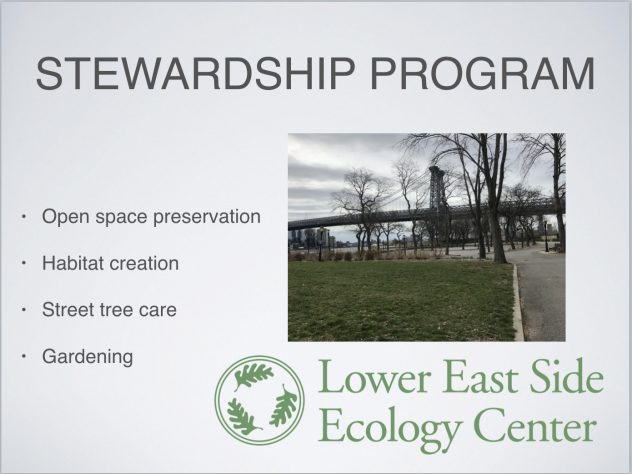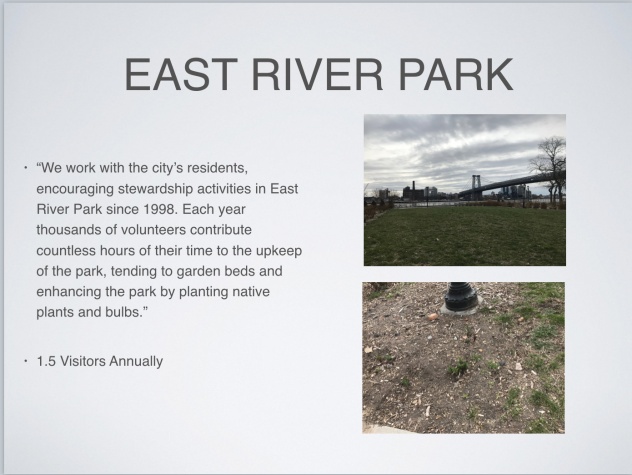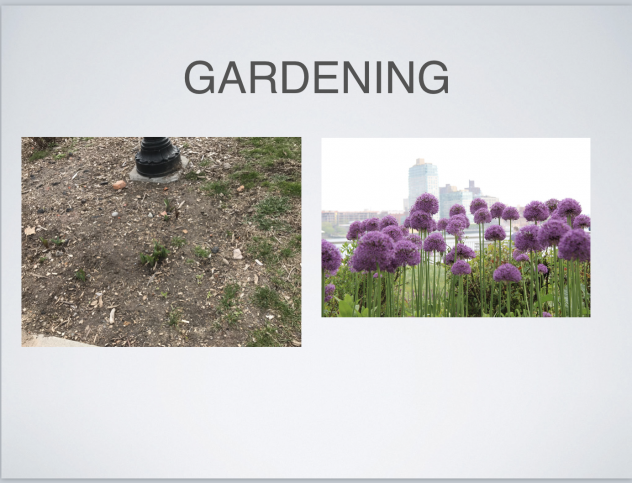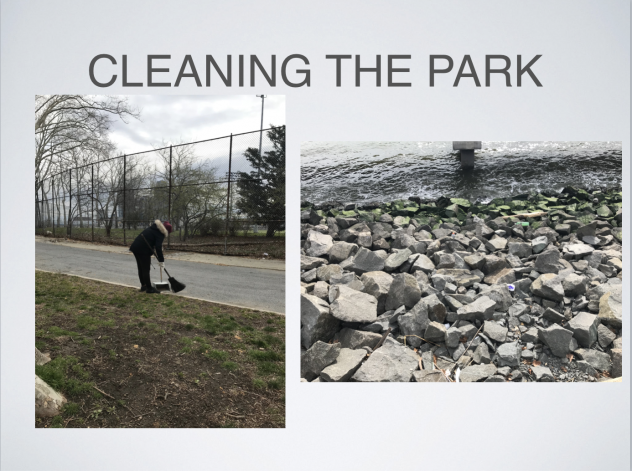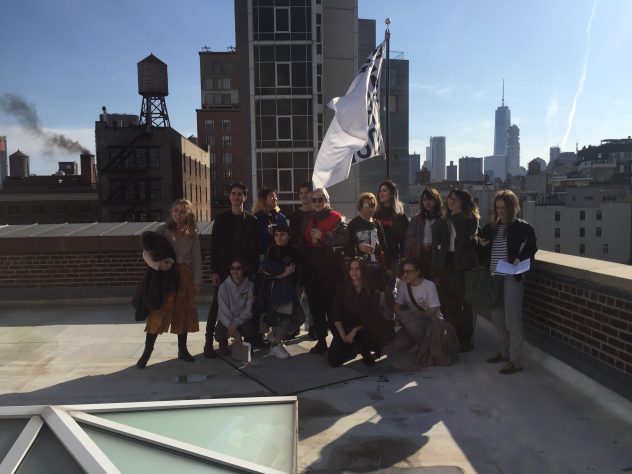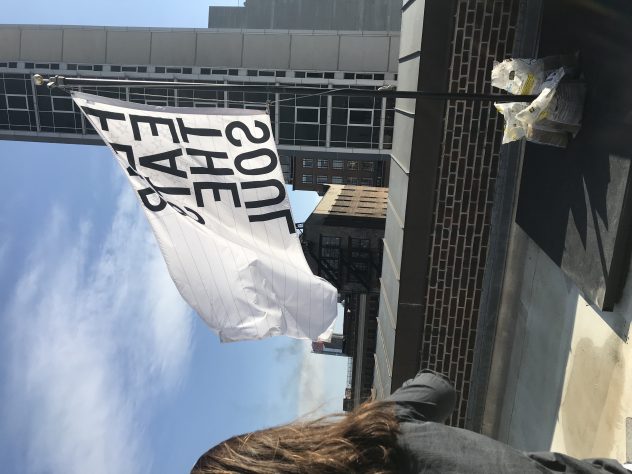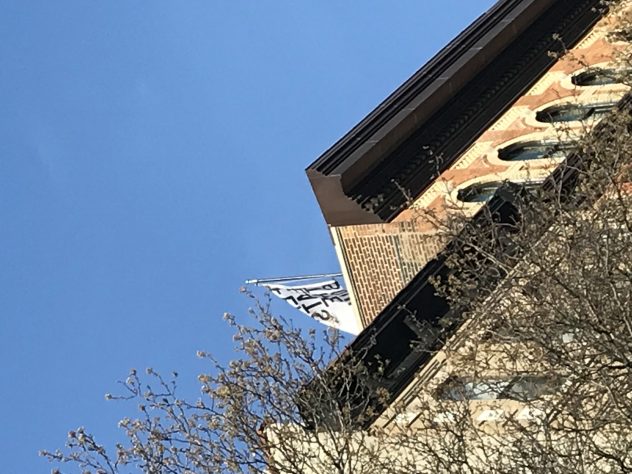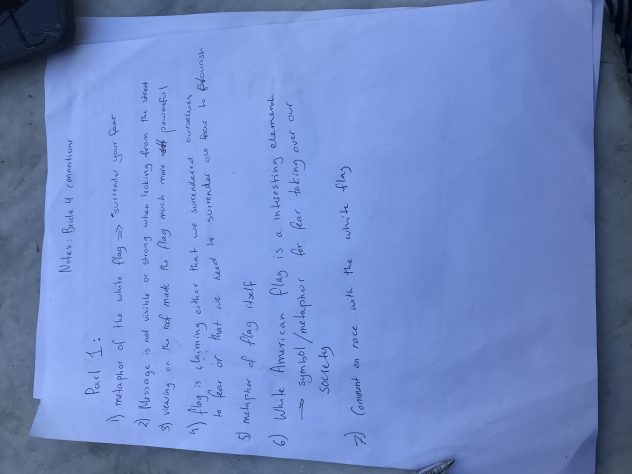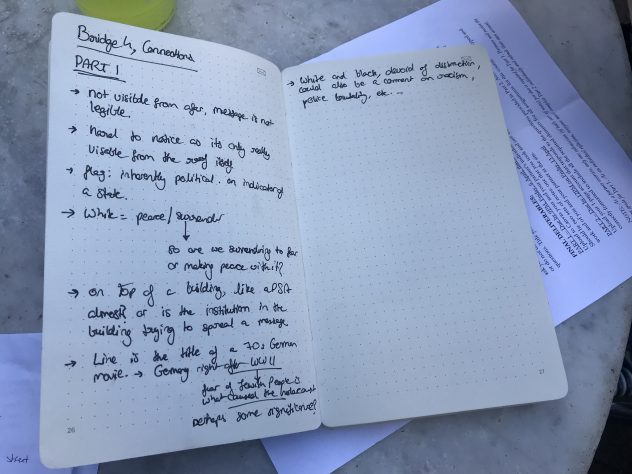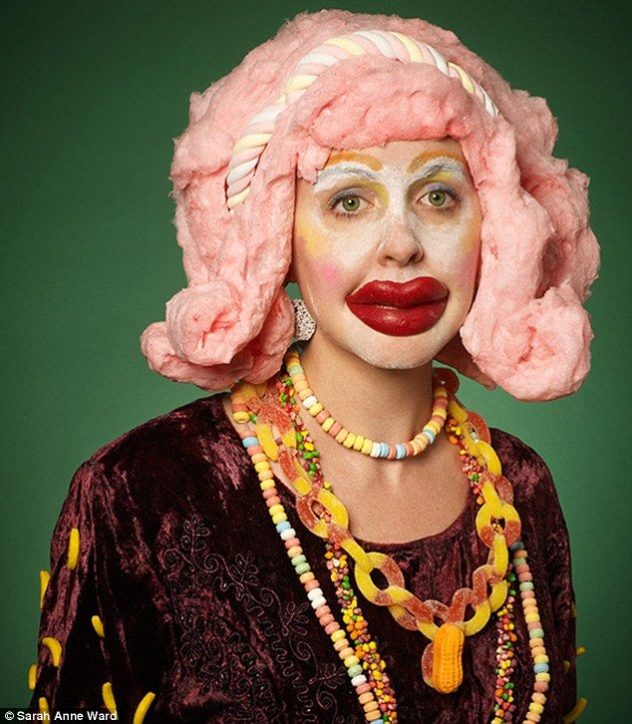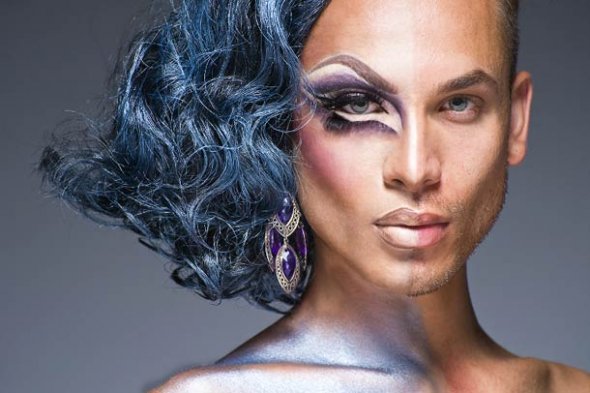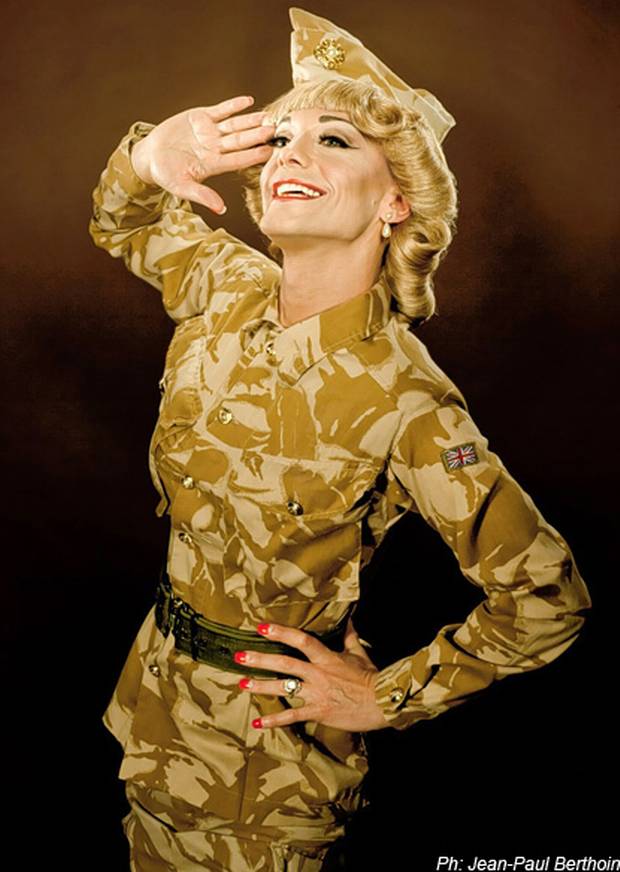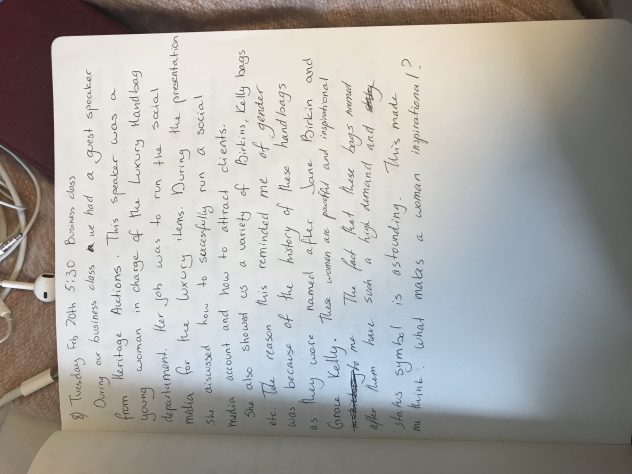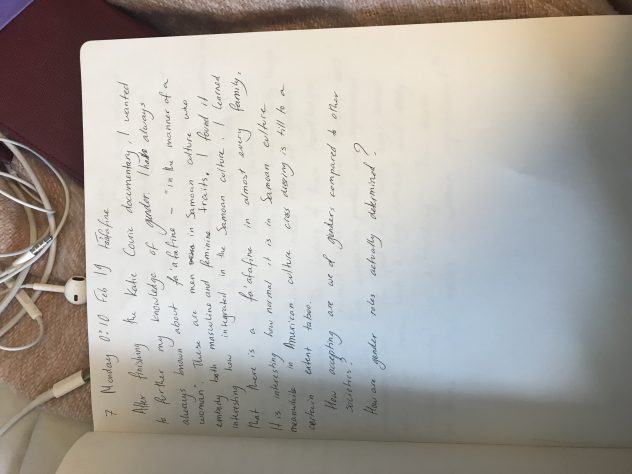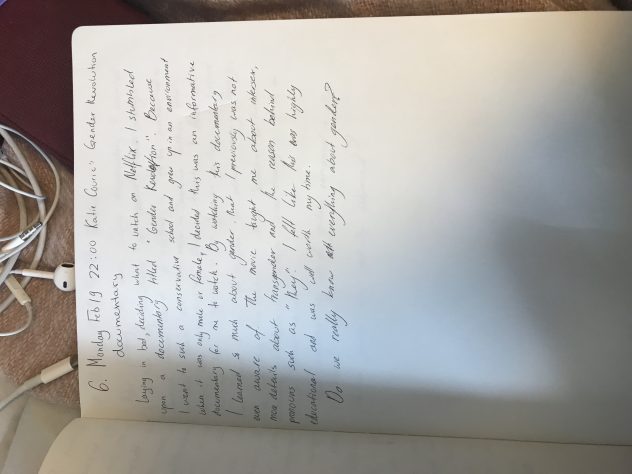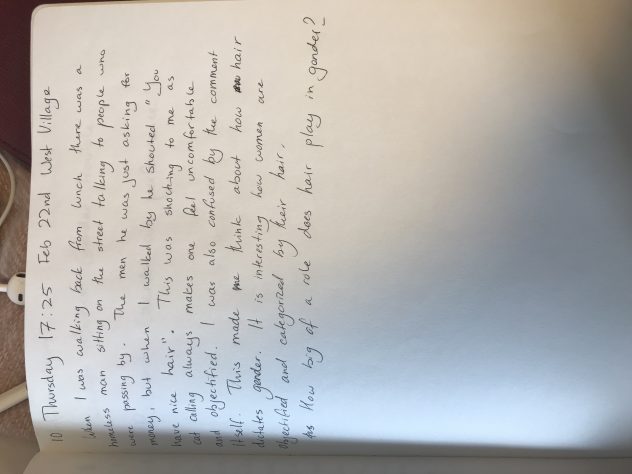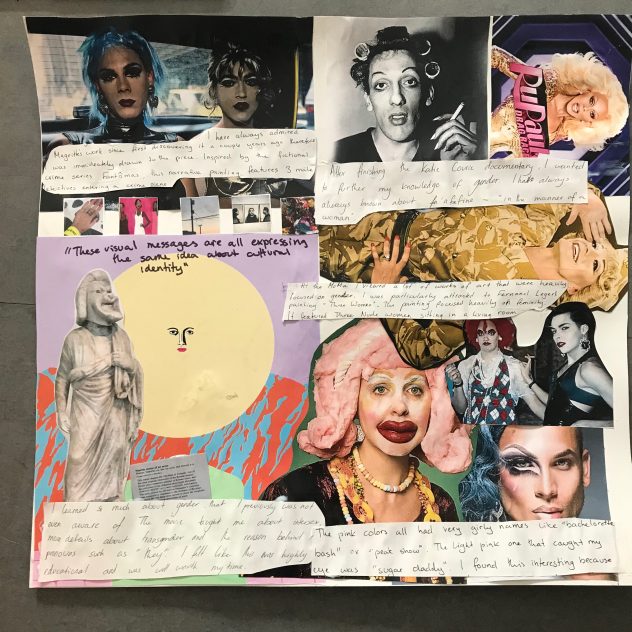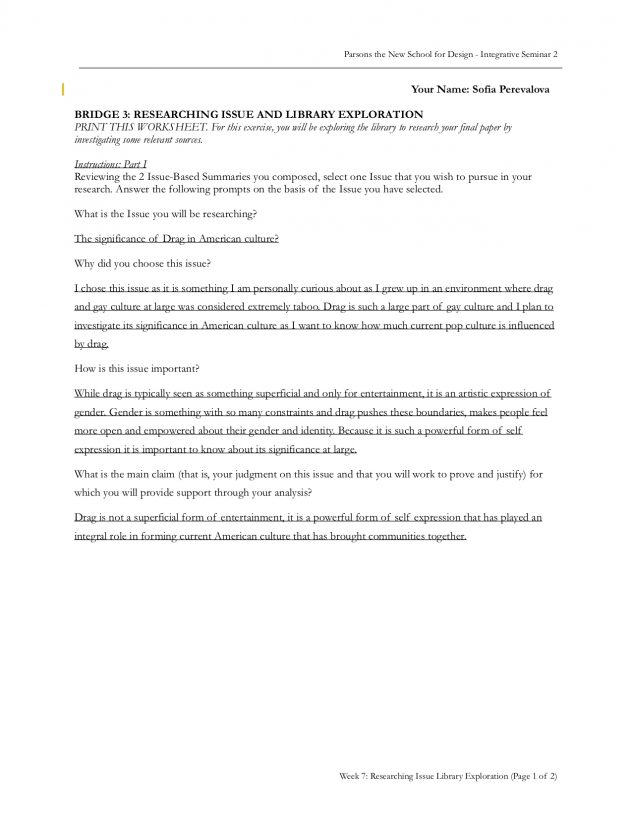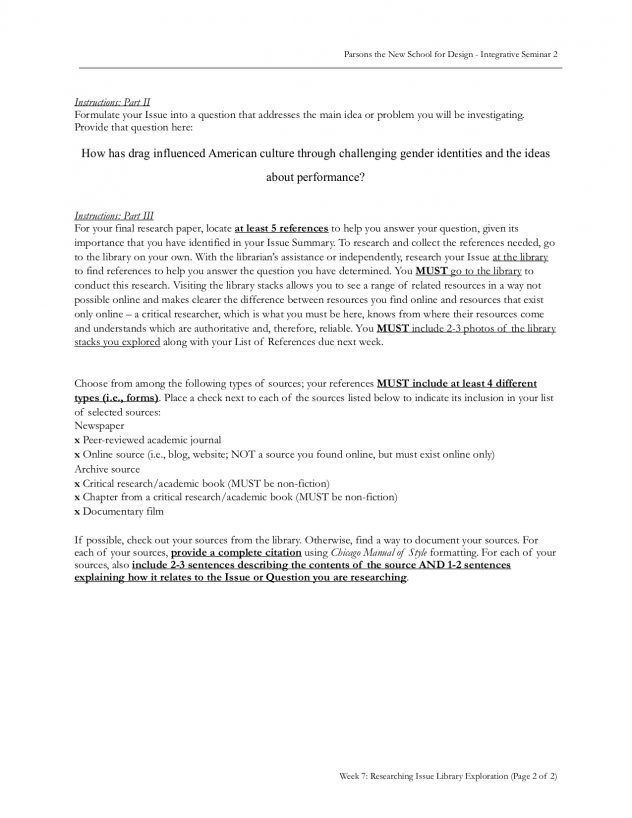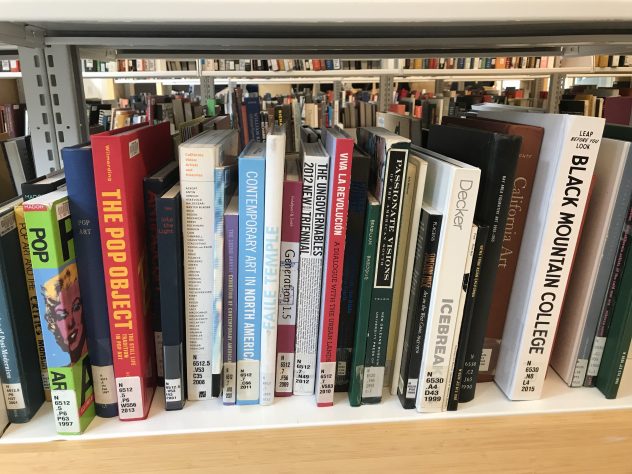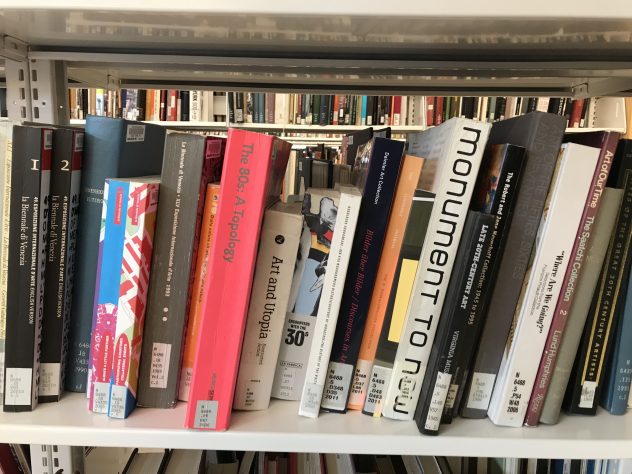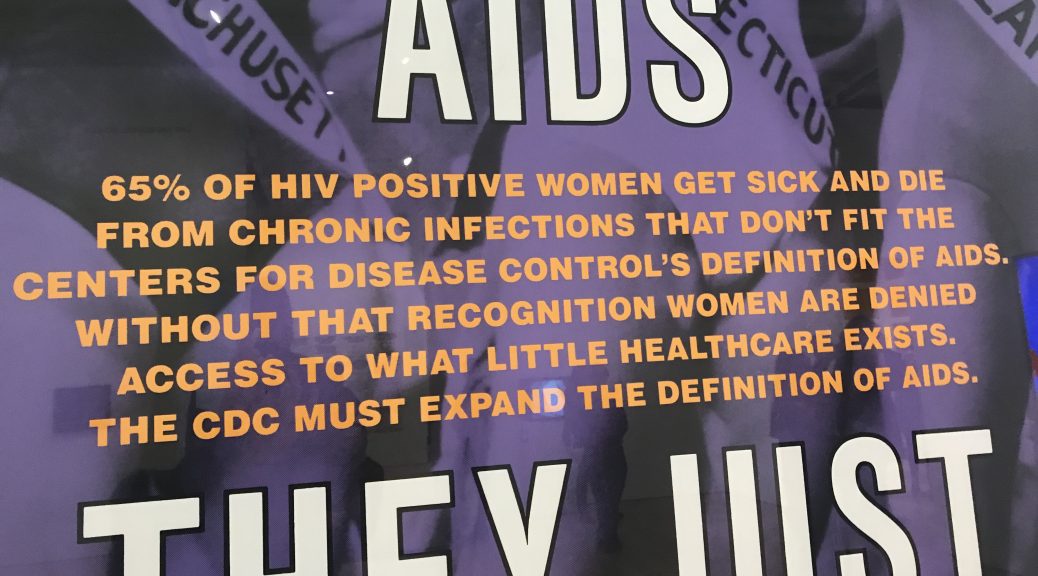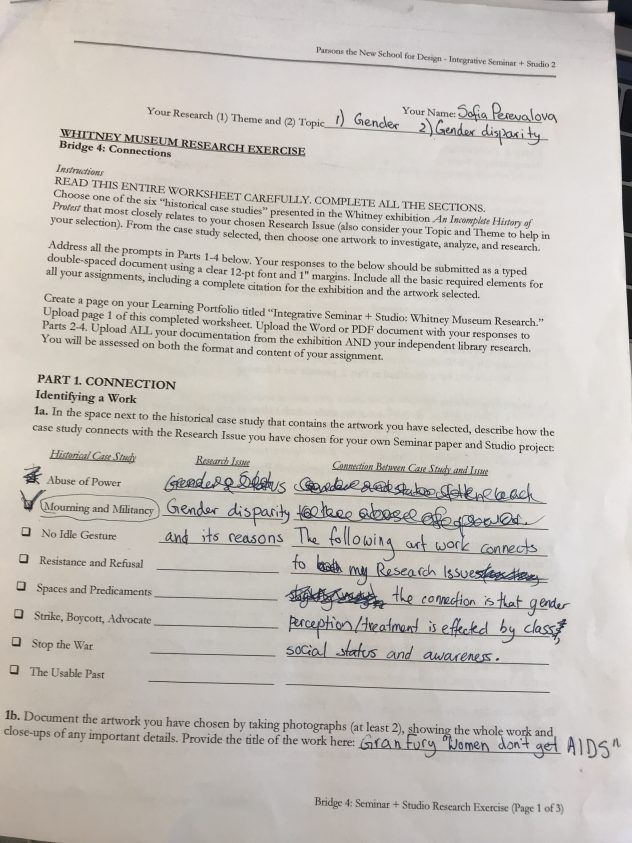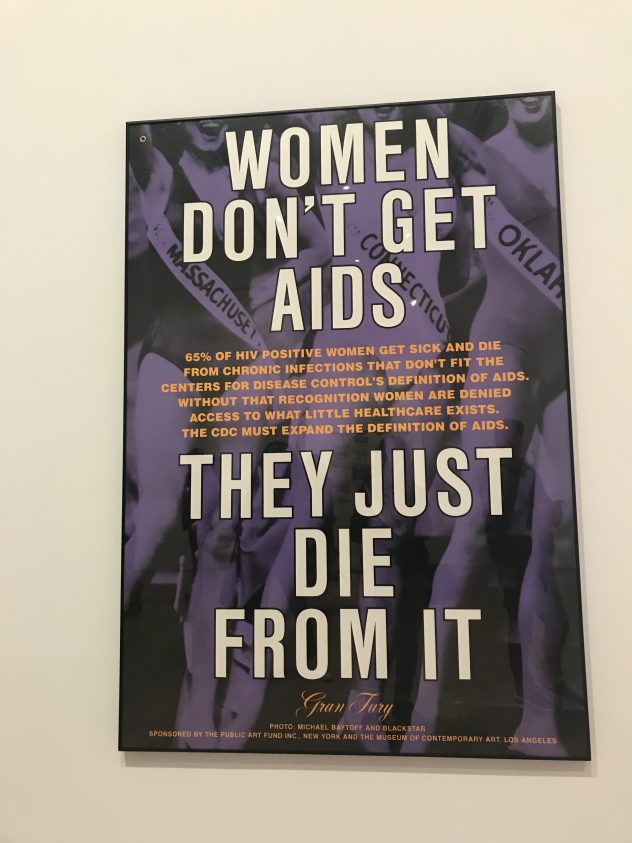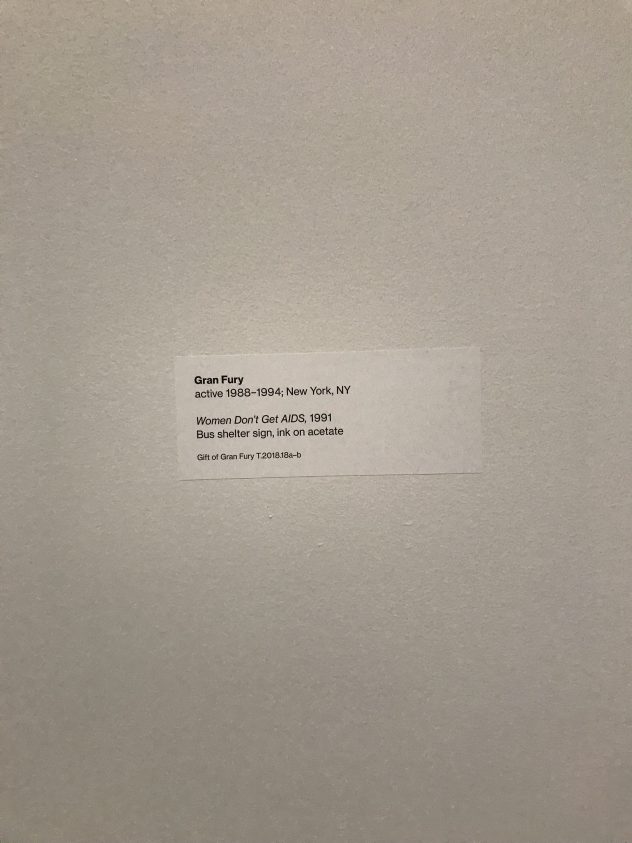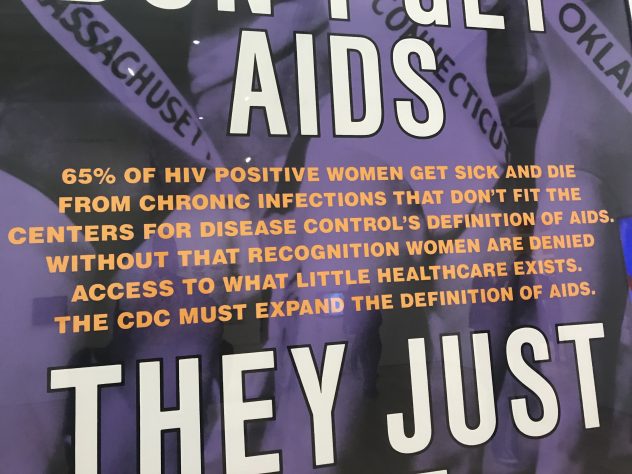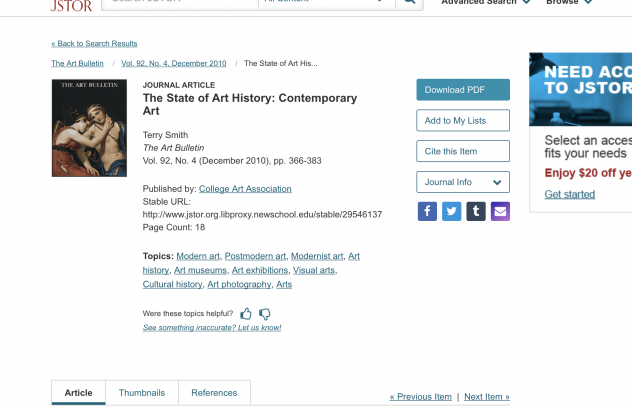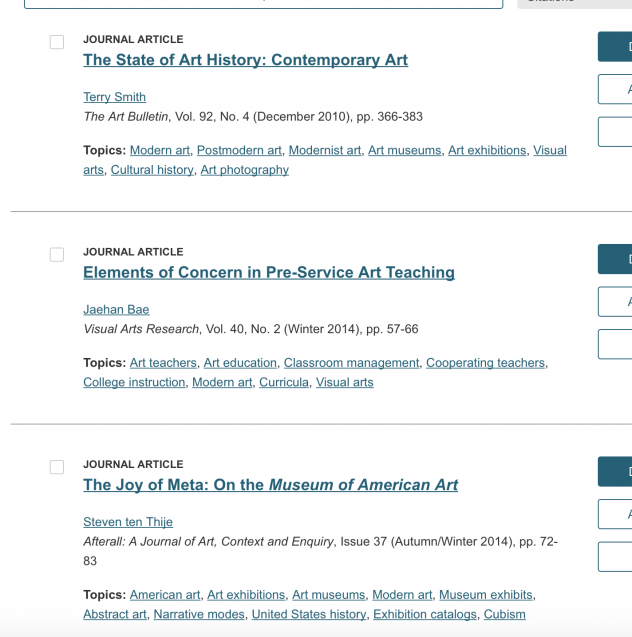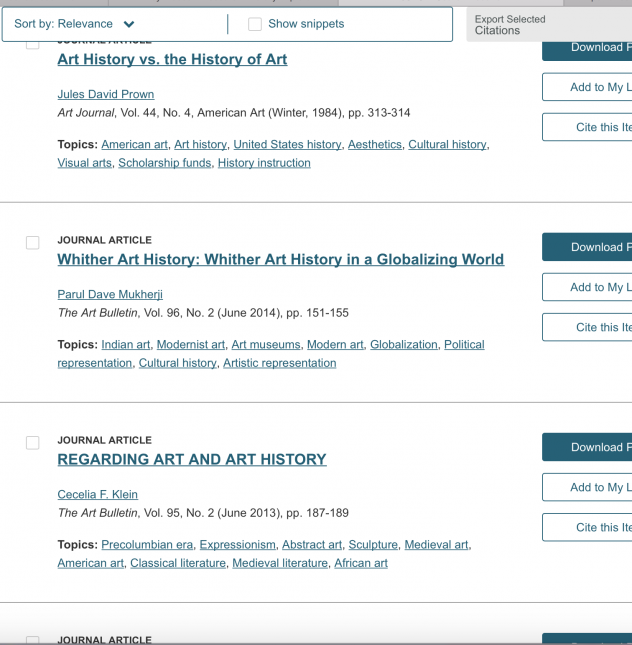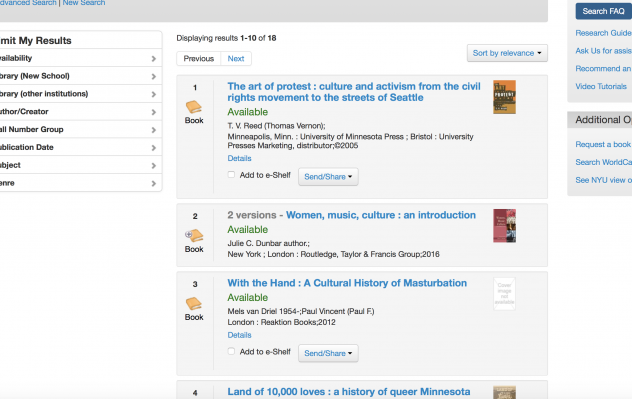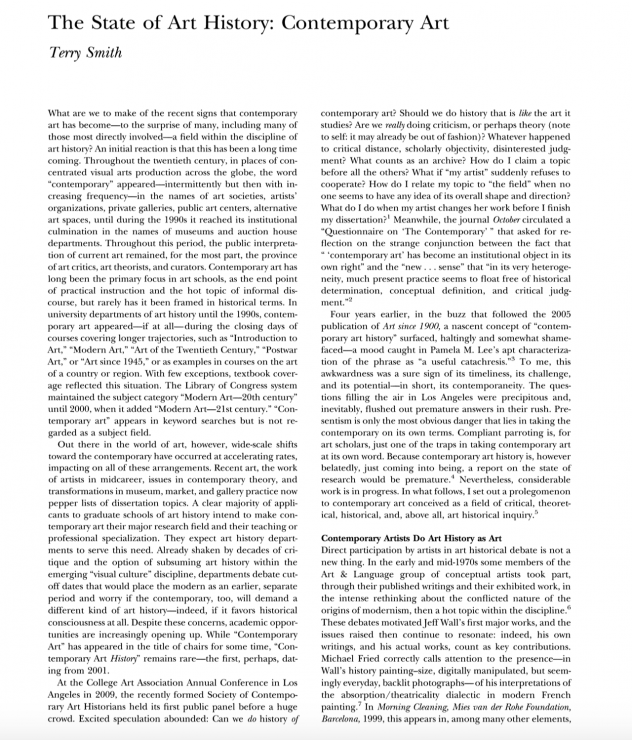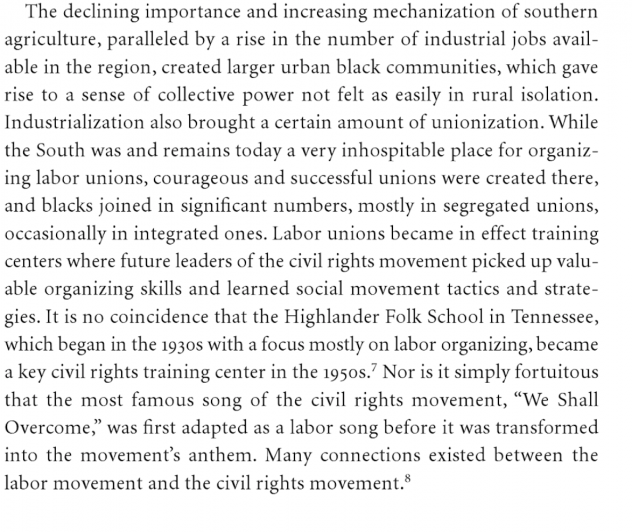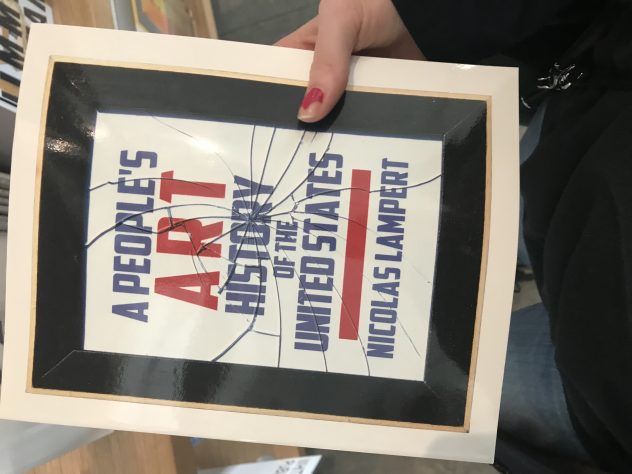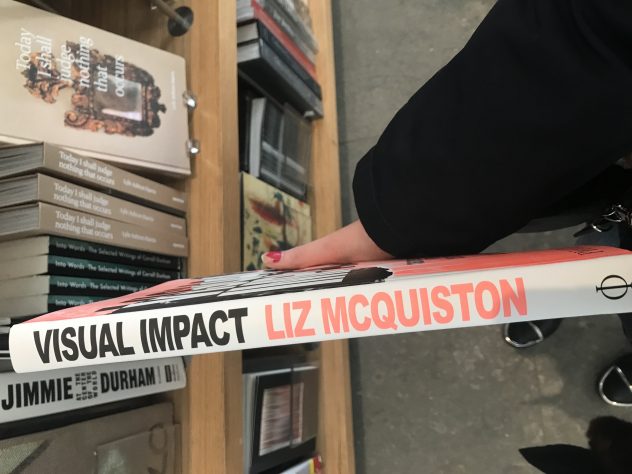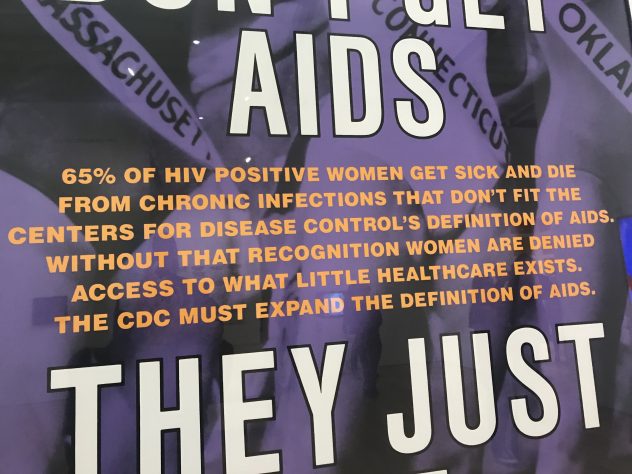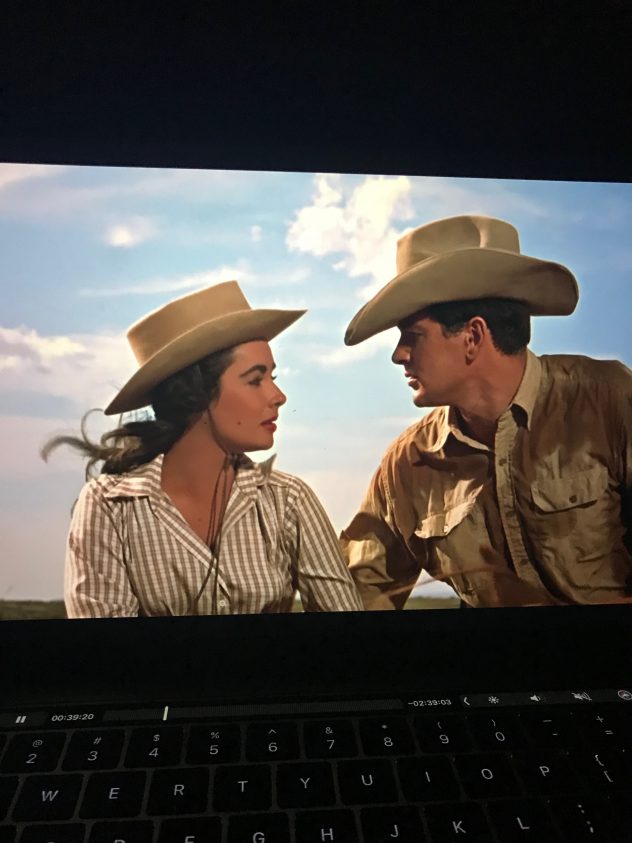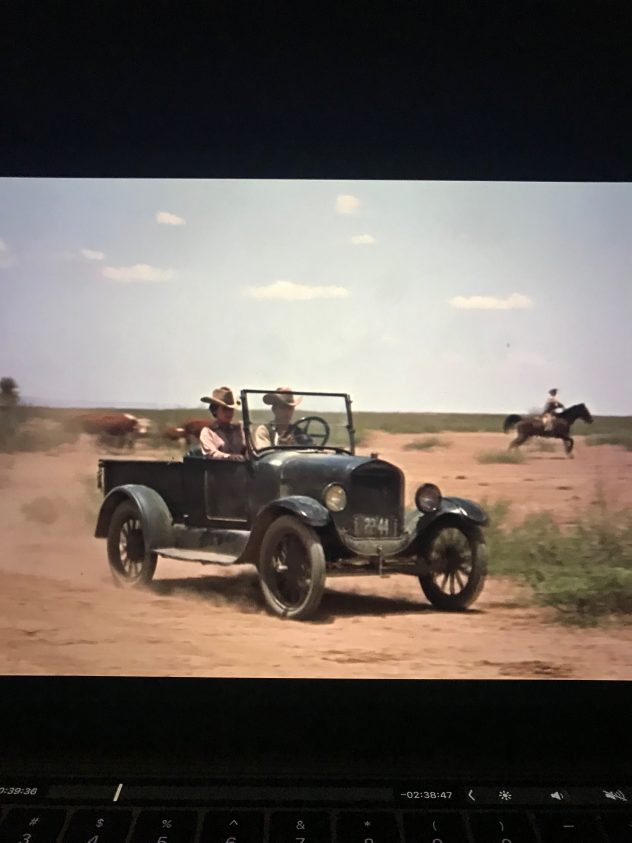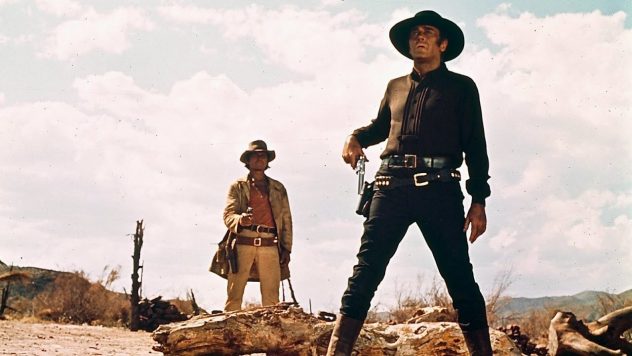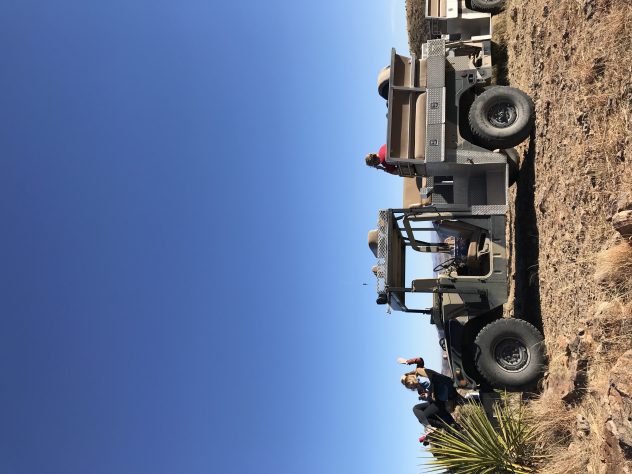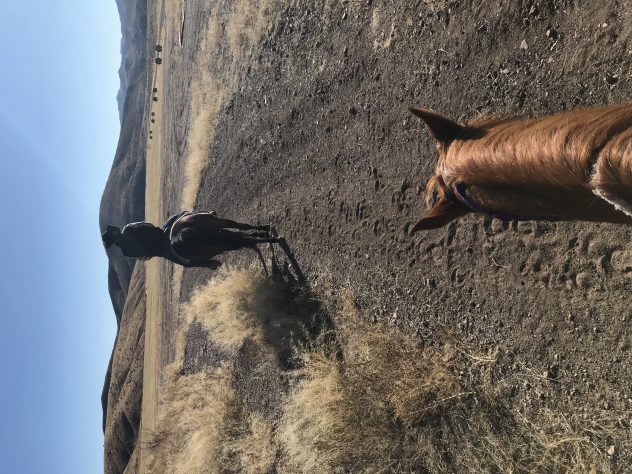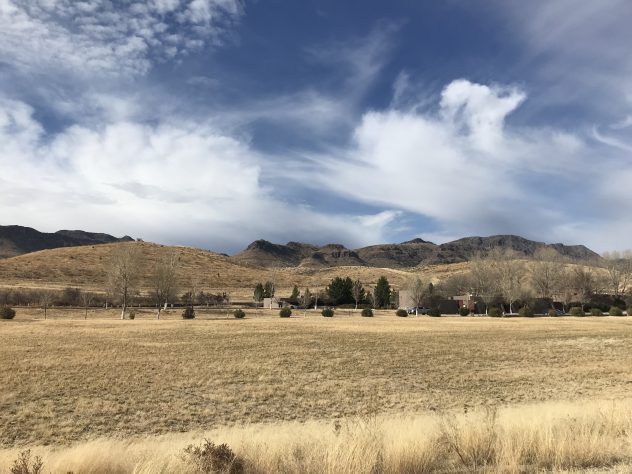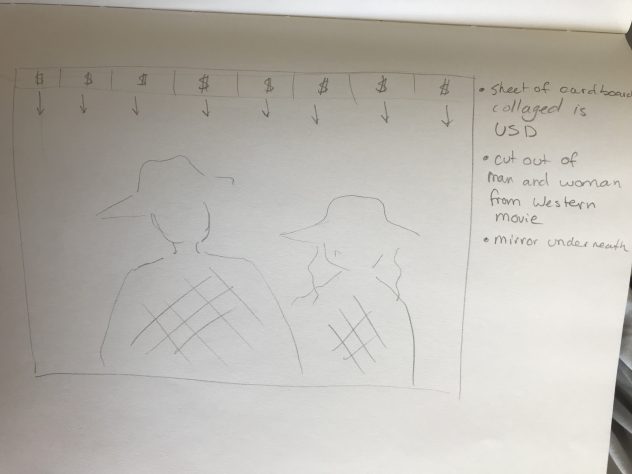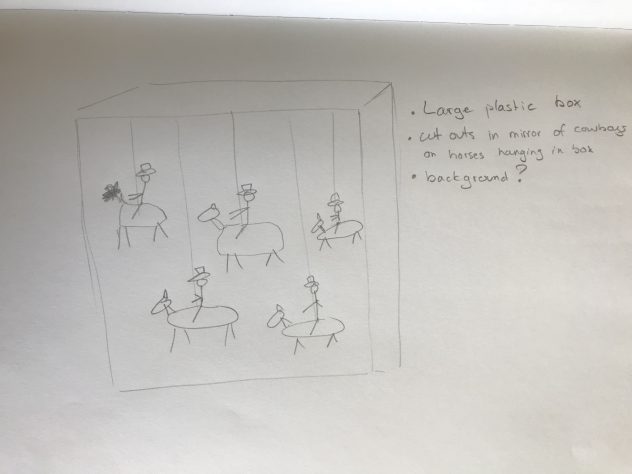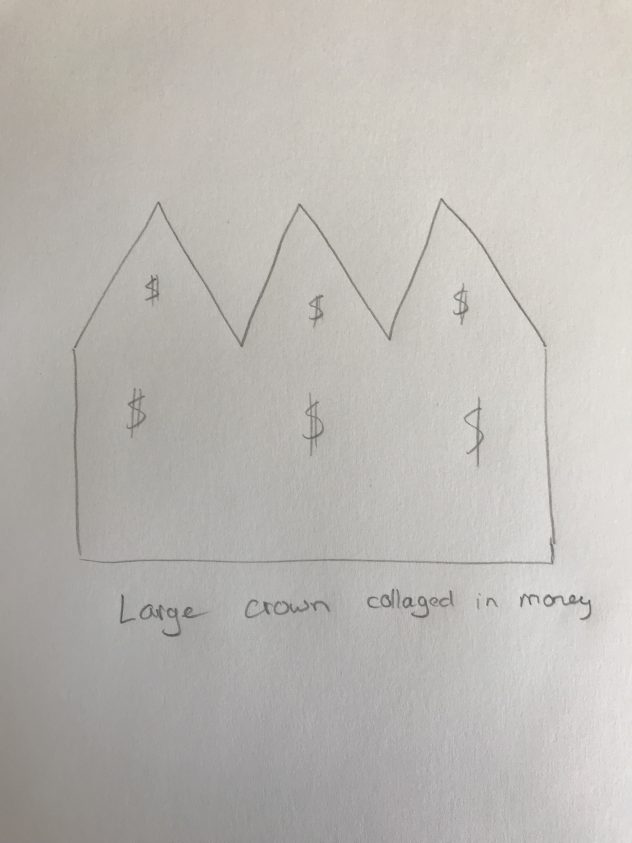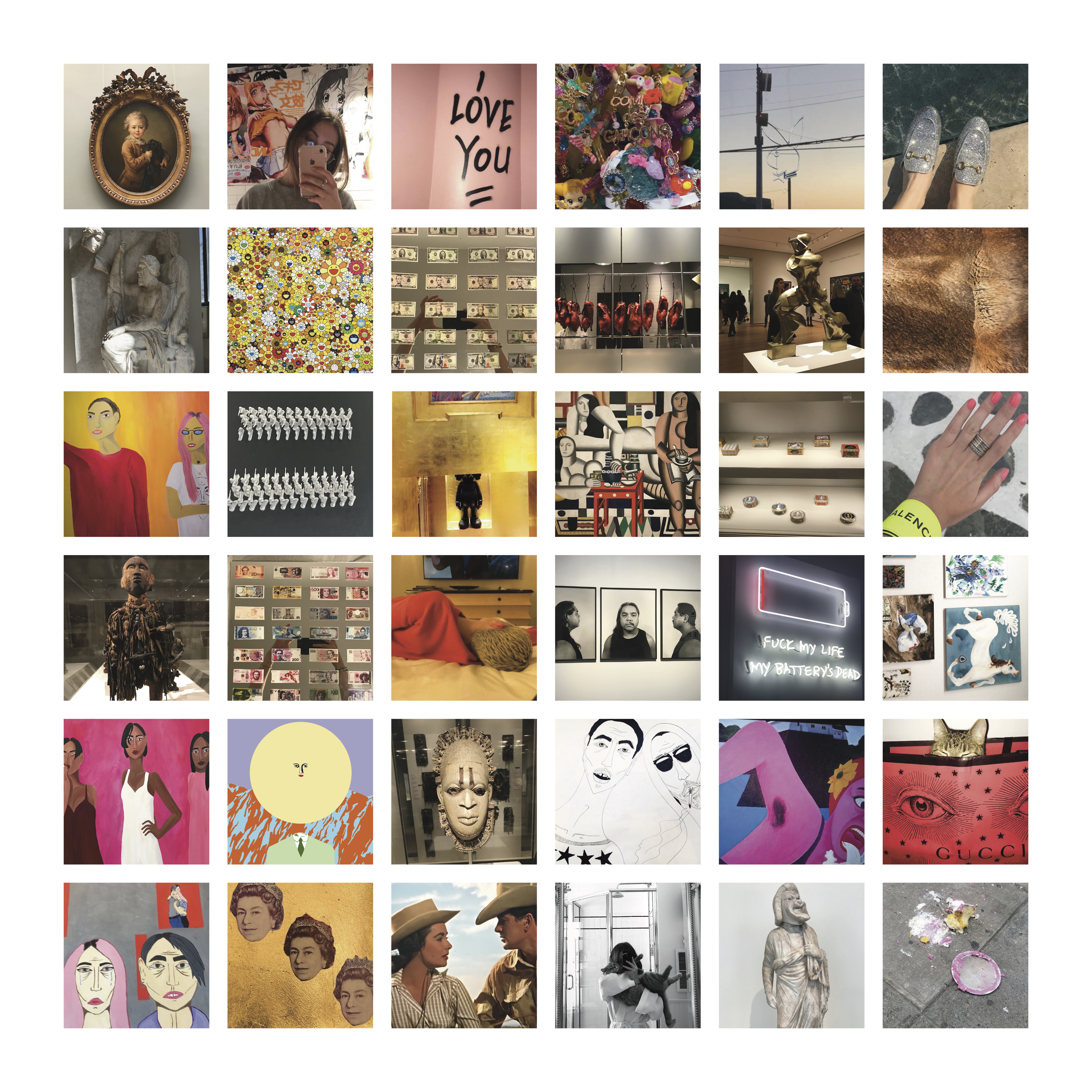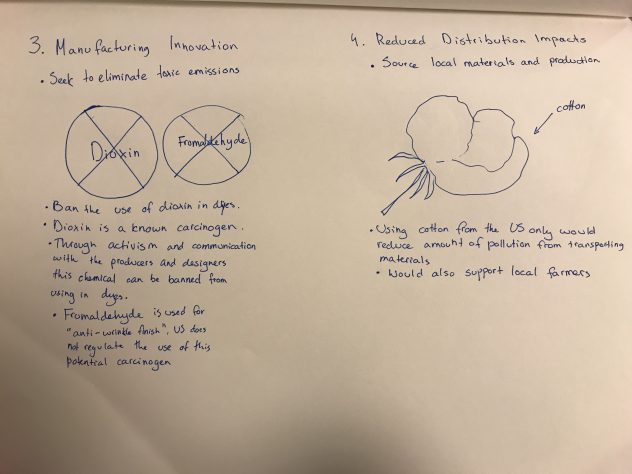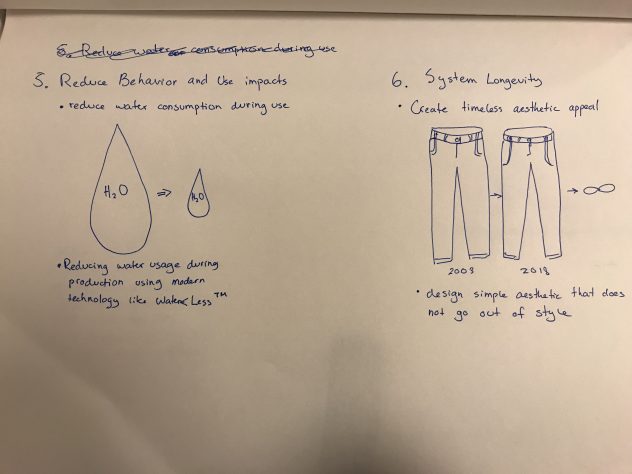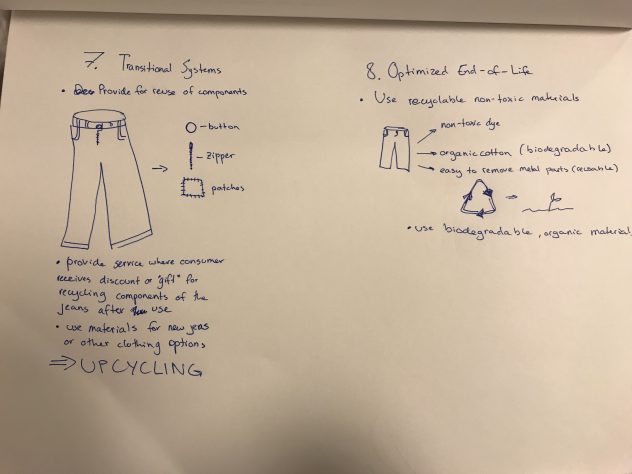Sofia Perevalova
REFINING RESEARCH: CONNECTING VISUAL TO LITERAL
Bridge 4: Connections
Instructions
READ THIS WORKSHEET CAREFULLY, ALL OF IT. Reviewing your Visual Essay Collage and Abstract, answer all the prompts in Part 1. Considering your Library Explorations I and II, answer all the prompts in Part 2. Upload a copy of this completed worksheet to your Learning Portfolio. Submit on Canvas the URL link to your LP post. Bring the hard copy of this completed worksheet to class on Friday, 13 April.
PART 1: FROM VISUAL
What is the specific Research Issue or Question on which you reflected and, therefore, that is expressed via and contextualized in your Visual Essay Collage?
What is the significance and influence of Drag on American culture?
Select the 4 most important symbols in your Collage. Briefly explain the meaning of each one AND how it relates to your specific Research Issue/Question:
1. Ru Paul’s photograph. This is a key symbol in my collage as Ru Paul’s Drag Race is the show that changed the fate of Drag in America as it no longer became taboo. This show has become a staple in American Pop-Culture.
2. Nan Goldin’s photograph of two drag queens is highly significant to my research. Goldin was among the first artists in America that really brought queer culture to the public through her raw, unfiltered documentation of her friends and members of the queer community. This image is important in my research as it references the time when drag and queer culture were considered taboo. Through her work however society became more aware of queer culture and the struggles members of this community face.
3. The photograph of a drag queen in a military uniform is meaningful as in my research I briefly explore drag queens in the military and how they performed infant of soldiers as a way to raise their spirits and bring joy. This image is important as it as significant reference to that aspect of drag in American history.
4. Dian Arbus’s photograph of a man in drag is important as it was taken at the time where drag, cross-dressing and queer culture was highly taboo. This photograph is symbolic in its meaning and references the way these people were perceived by the public.
Review the Abstract for your Visual Essay Collage. Identify the 4 most important terms AND the single-most important sentence. List those here:
1. Taboo
2. Gender Identity
3. Entertainment
4. Pop-Culture
The intention of drag is to entertain people and bring people together, it has helped many people with their gender identity and self expression.
PART 2: TO LITERAL
Reviewing your Library Exploration I and II research findings, list the titles of the 4 most relevant sources you have found. For each source, specify whether it is a primary or secondary source AND its type (e.g., journal article, book chapter, archive material, newspaper, etc.). IMPORTANT NOTE: Bring hard copies of each of these sources to class on Friday, 13 April:
- Brevard, Aleshia. 2001. “Drag Queen.” In Woman I Was Not Born To Be: A Transsexual Journey, pp. 43-62. Temple University Press.
Book chapter I will be using as a primary source as it explore the gender identity of an individual and the influence being a Drag Queen had.
2. Couric, Katie. Gender Revolution: A Journey With Katie Couric. Documentary. Produced by Katie Couric. USA: National Geographic, 2017.
This documentary is a secondary source as I am using it to have a better idea of gender identity and the intricate details of queer culture at large. This is important to have in my research as it provides me with a broad yet detailed overview.
3. Eberwein, Robert. 2007. “DRAG.” In Armed Forces: Masculinity and Sexuality in the American War Film, pp. 87-101. Rutgers University Press.
This book chapter explores the influence Drag and sexuality had on warfare and how it challenged gender stereotypes. This is a primary source as it provides me with knowledge on gender as a performance and Drags influence on American culture.
4. Paul, Ru. Ru Pauls Drag Race: All Stars Season 3. Produced by Ru Paul. Los Angeles: VH1.
This TV show proves me with a visual element to my research. I will be using this as a secondary source. I plan on using this for reference to show how drag is currently influencing American Pop-culture.
Given how you currently understand your Research Issue, compose 3 specific questions that you would need to address to explain and understand your Research Issue. These questions should all directly connect to the specific focus of your Final Research Paper. Thus, for each question, find a way to be as specific as possible about what in particular you must understand about your topic. These questions should narrow the scope of your topic. Note your questions here:
1. Why was Drag created?
2. How has the perception of Drag changed since it originally became popular in society?
3. How is drag important in gender identity, how has it influenced the ideas about gender in our society today?
Given how you understand the scope of your Research Issue, describe in 2 to 3 complete sentences the environment in which your Research Issue resides. In other words, clearly situate the WHO and WHERE of your analysis for your Final Research Paper.
My research is focused specifically on American pop-culture. The paper explores the influence specifically American Drag has on American pop-culutre, I chose to do this as there was the most information and I have first hand witnessed how much more relevant drag is in the United States than in the UK for example. While drag has been around since the creation of theatre since only men were allowed to act, I am focusing on drag in the United Sates from the the mid 1900 until now.
Explain in 2 to 3 complete sentences how that environment in particular is both appropriate and important for understanding your Research Issue.
This environment is important in understanding my research issue as I am focusing on Drag in pop-culture rather than throughout history. Because drag is particularly present in United States pop-culture, it is important to explore it specifically in this environment to understand its current significance.
Describe in 2 to 3 complete sentences the audience (the reader) for your Final Research Paper. In other words, whom do you imagine would or should want to read this paper? Who would or should be interested in this issue?
I imagine the reader of my paper to be someone who either participates in drag themselves, therefore can provide a critical point of view as well as someone like me who previously was less educated in this field. Both these individuals would be interested in this issue as they both may learn something about the history of drag they previously did not know. It is also important for the people who do not know so much about queer culture and drag to read this as it can show how much pop-culture they see is influenced by drag.
